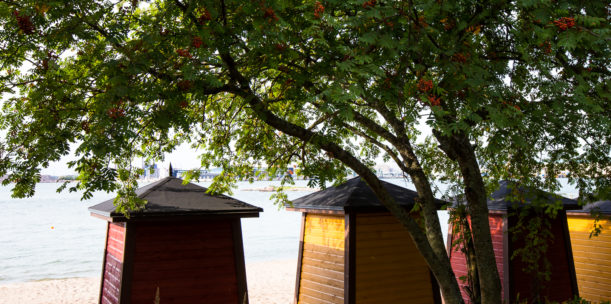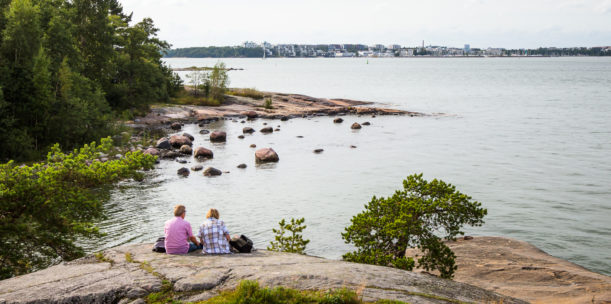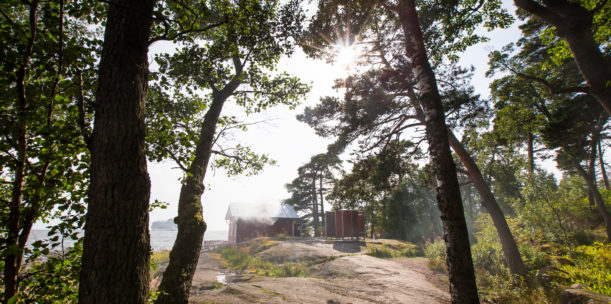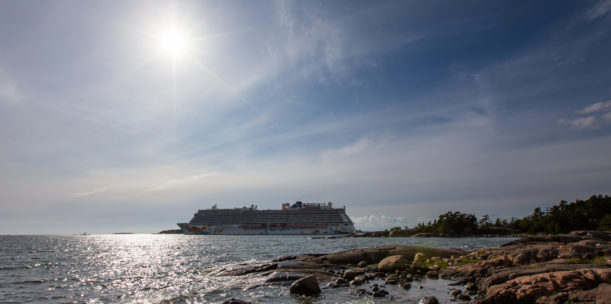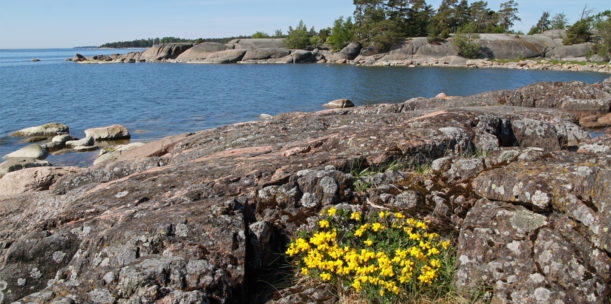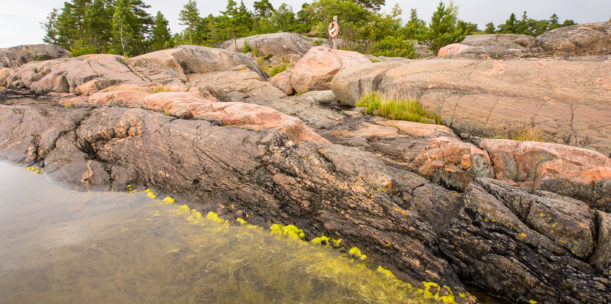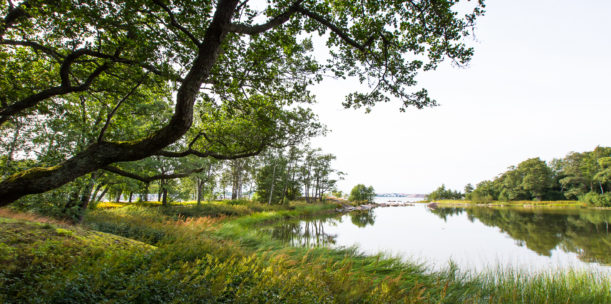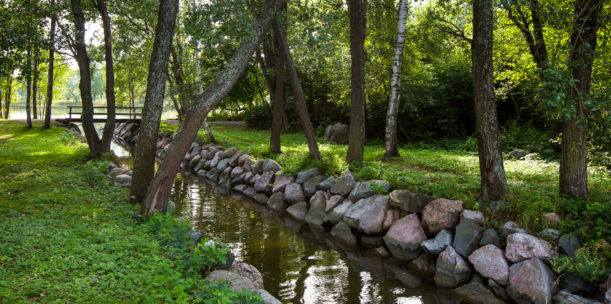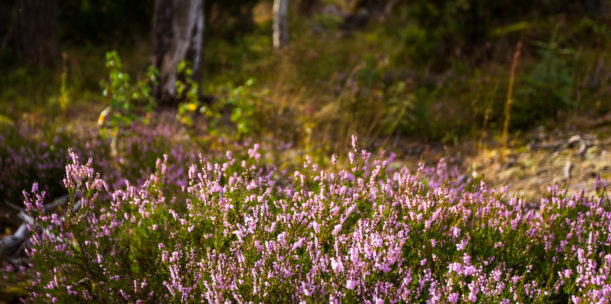Pihlajasaari is actually a group of islands, consisting of Itäinen Pihlajasaari, Läntinen Pihlajasaari, Vadelmakupu and a number of small islets.
There is a protected herb-rich forest area on Läntinen Pihlajasaari, nestled between the rocks. The island also features a coastal meadow, which is a protected habitat type. There is a pond between the herb-rich forest and the shore, which is directly connected to the sea during high tides.
“There’s nothing more invigorating that diving into the sea from the rocks of Pihlajasaari.”
Pekka, 52
Pihlajasaari boast a diverse range of bird species. The islets are off limits and protected during the nesting season, from 1 April to 15 August. Coming ashore is prohibited during this period. The nearby islets are used as nesting sites by eiders and Arctic terns. The islands’ range of bird species also includes a wide variety of other waterfowl and plenty of forest-dwelling species. The islands are also favoured by bats due to offering a diverse range of feeding sites as well as daytime hiding and wintering spots. Bat species found on the islands include the northern bat, the Daubenton’s bat, the whiskered bat and the common pipistrelle.
One of the best ways to explore the islands’ nature and history is the approximately two-kilometre-long nature trail. There are cooking shelters on both islands. There is a camping area on Itäinen Pihlajasaari were you can camp everyday. There is a charge for staying at the campsite. There is also a nudist beach on the island.
Get to know Pihlajasaari with the 360° -video below or press here.
